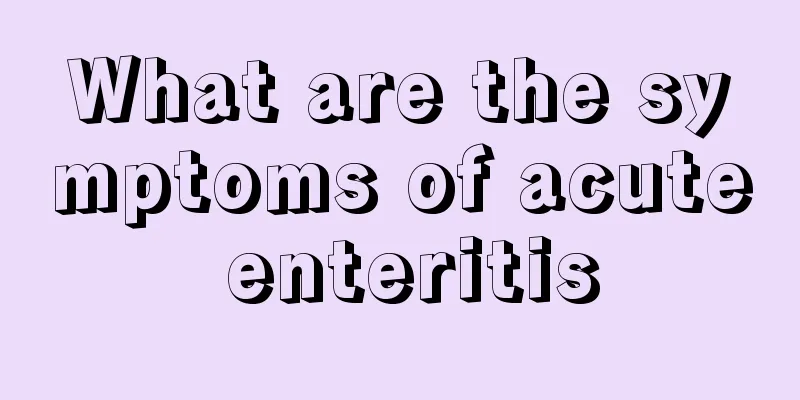What diseases can the pain department treat?

|
When we suffer from trauma or a certain disease, our body will feel some pain. Sometimes this pain is bearable, but most of the time the pain is intolerable. When we encounter such a situation, we should go to the hospital in time. So what diseases does the pain department set up in the hospital treat? In fact, there are many diseases that can be treated in the pain clinic, which are roughly the following: Pain Clinic The following diseases are treated by using nerve block therapy, small needle knife therapy, drugs, ultra-laser irradiation, etc.: 1. Headache: migraine, cervicogenic headache, tension headache, post-traumatic headache and post-lumbar puncture headache, etc. 2. Neuralgia: trigeminal neuralgia, intercostal neuralgia, sciatica, acute herpes zoster, postherpetic neuralgia, neuropathic pain, pain after nerve damage, central pain, pain in the affected limb, stump pain, diabetic neuropathy, sympathetic nerve-related pain, complex regional pain syndrome, etc. 3. Bone and joint pain: low back pain, cervical spondylosis, lumbar disc herniation, knee arthritis, heel pain, temporomandibular joint dysfunction syndrome, degenerative osteoarthritis, etc. 4. Tissue pain: acute and chronic lumbar sprain, lumbar muscle strain, supraspinal and interspinal ligament inflammation, lumbar myofasciitis, piriformis syndrome, fibromyalgia syndrome, tenosynovitis, scapulohumeral periarthritis, tennis elbow, and soft tissue injury. 5. Cancer pain: pain in advanced cancer, pain from bone metastasis, etc. 6. Dysmenorrhea and chronic pelvic pain. 7. Painless abortion. 8. Non-painful diseases: intractable hiccups, acute facial neuritis (facial paralysis), facial muscle spasm, sudden deafness, ganglion cyst, autonomic dysfunction, etc. 9. Anesthesia consultation: pre-operative anesthesia examination and preparation, and formulation of anesthesia and post-operative analgesia plans. Hospitalization CT or C-arm X-ray imaging interventions are often used to treat the following diseases: 1. Herniated cervical and lumbar disc. The use of CT or digital development C-arm interventional chemolysis therapy for the nucleus pulposus of cervical and lumbar disc herniation, radiofrequency minimally invasive neurointerventional analgesia, and interventional ozone therapy can effectively treat cervicogenic headaches caused by high cervical disc herniation, neck, shoulder and upper limb symptoms caused by low cervical disc herniation, and can achieve early control and cure for patients with a tendency to paraplegia. For patients with lumbar disc herniation, the treatment effects of extradiscal, intradiscal chemical nucleolysis or combined extradiscal and intradiscal lysis, interventional radiofrequency target therapy, interventional radiofrequency therapy of the posterior ramus of the spinal nerve, and phenol glycerol ablation therapy of the posterior ramus have been recognized, and the long-term effects are even better than those of surgery. 2. Trigeminal neuralgia: The use of drugs and/or temperature-controlled radiofrequency electrocoagulation to treat trigeminal ganglion destruction under CT intervention can effectively control intractable trigeminal neuralgia. 3. Severe pain from advanced cancer. For cancer pain that is not well controlled by general drugs, imaging-based neurodestructive therapy can effectively control the pain. 4. Herpes zoster pain and postherpetic neuralgia. Continuous nerve block therapy for pain control and combined antiviral therapy can effectively treat the severe pain of herpes zoster and reduce the incidence of postherpetic neuralgia. Image-mediated neurodestructive therapy is used to effectively control postherpetic neuralgia. 5. Sympathetic nerve-related diseases such as vasculitis and Raynaud’s disease. CT imaging intervention is used to perform sympathetic nerve blockade or destruction to control or improve pain. |
<<: How to repair a cracked walnut?
>>: What disease can be cured by tapping the inside of the elbow
Recommend
What is the function and usage of magnesium sulfate
Magnesium sulfate can be used not only in leather...
It's hard to take medicine for a sore throat, so learn how to avoid taking medicine
Every time the seasons change, the weather starts...
What does it mean to have an IUD
"Huan" is a colloquial term for an intr...
Is exercise good for kidney cancer
"Life lies in exercise" has become a we...
What to do if low pressure is 96
The phenomenon of high low blood pressure is also...
How to put eggs in an oil bottle
Nowadays, most young people work hard in the city...
Does non-keratinizing nasopharyngeal carcinoma cause tinnitus? What other symptoms are there?
Does non-keratinizing nasopharyngeal carcinoma ca...
Steamed buns with gauze
Housewives who often do housework at home know th...
What is the normal value of AFP?
The liver is an important organ in the human body...
What are the main early symptoms of bone cancer?
What are the main early symptoms of bone cancer? ...
Pay attention to early diagnosis of lung tumors
Lung cancer is the most common primary malignant ...
Unfull forehead with prominent brow bones
The brow bone is an important part that controls ...
Why do I feel numb all over my body?
The problem of numbness all over the body cannot ...
Why am I thirsty even though my blood sugar is not high?
If you feel thirsty when your blood sugar level i...
Can ct detect bile duct cancer?
CT examination can be used as an important tool f...









